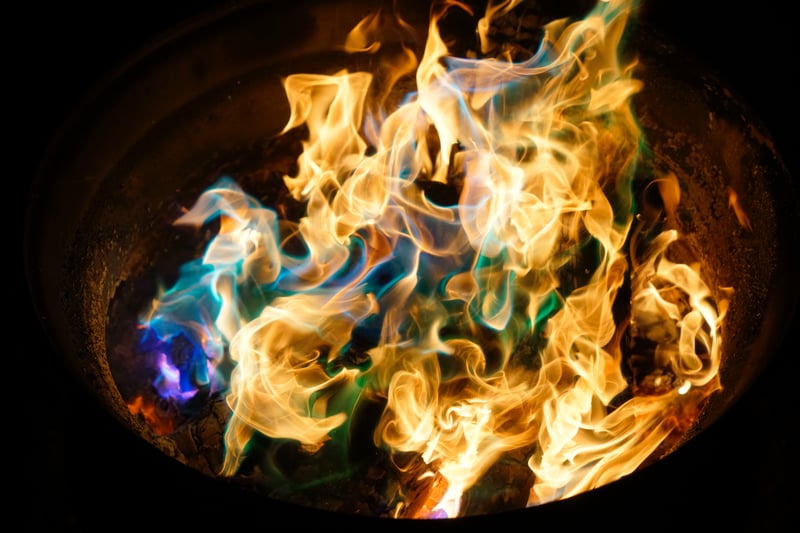
Whether you are an international company or a start-up, if you deal with textiles then you also must deal with fire safety laws. Thankfully, chemistry has several solutions for making materials flame retardant without them losing their natural textures and tones. Here is a quick guide to flame retardant back coatings for textiles.
What Is Flame Retardant Back Coating?
Back-coating a fabric means infusing it with carefully constructed polymers. Fires are chemical reactions that require heat, oxygen, and fuel. Importantly, the fuel needs to be able to release hydrocarbons easily when heat energy is applied. Wood and cotton are examples of materials that contain enough hydrocarbons to burn easily.
Add a little grease, grime, or oil – flame accelerants - and the result is an inferno. Coating a fabric with special polymers reduces the reactivity of these substances, meaning that the fire is less likely to ignite. If it does ignite, the lack of fuel means that it will smoulder rather than erupt. Flame retardants are, therefore, now a crucial component of everything from sofas to exhibition banners.
Do I Need To Be Concerned?
Yes. The UK has extensive fire safety legislation and the liability is placed squarely on the shoulders of manufacturers. Different fabrics have different fire safety standards. For instance, furniture upholstery must adhere to British Standard 5852:2006, and curtains are tested to British Standard 5867. Many household items must adhere to these safety standards, and items that do not – such as clothing – can benefit from an additional coating of health and safety.
What Type Of Flame Retardant Treatments Are Available?
There are several different options. One is to mix natural fibres with synthetic materials such as polyester. This used to be a popular choice but is becoming less favoured due to the damage that plastic-based materials can do to the environment. Their lack of biodegradability is increasingly on the sustainability radar.
As such, an increasingly preferred choice is back-coating. For synthetic fabrics, the best method is to back-coat with either acrylic resins or polyethylene terephthalate (PET), both of which resist heat by raising the ignition temperature above that of a smouldering fire. This type of back-coating retains the comfortable feel of the fabric, whilst offering a powerful barrier.
The third option is to use mixed chemical flame retardants as a back-coating. This is the preferred option for natural materials such as cotton. A mixture of bromine, nitrogen compounds, and phosphate compounds create a protective layer that delays the flame from reaching the flammable hydrocarbons. Treating fabrics in this way keeps their natural elasticity, texture, and strength, but drastically reduces the risk of a fire.
If you want to ensure that your fabrics are fully compliant whilst still retaining their natural characteristics, Formulated Polymers can help. Email enquiries@polymers.co.uk to find out about our range of fire retardant coatings.
Image Source: Unsplash




